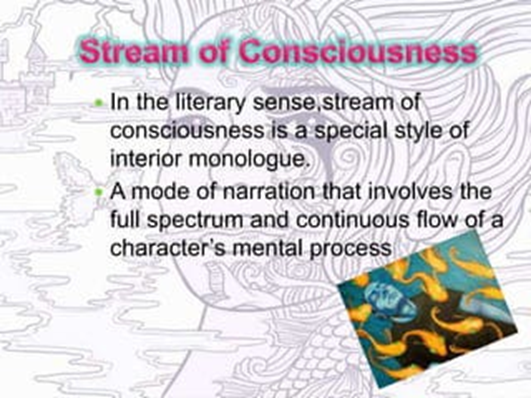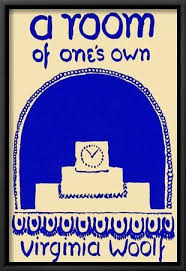Narrative Techniques of the Novel - Mrs. Dalloway by Virginia Woolf
INTRODUCTION "Mrs. Dalloway" is a novel by Virginia Woolf, set on a single day in June 1923 in London. It follows the lives of two very different characters, Clarissa Dalloway, a 51-year-old socialite preparing for a party, and Septimus Warren Smith, a 30-year-old WW1 veteran dealing with shell shock. Initially, Woolf intended Clarissa to die, but later introduced Septimus as the character who would die. Through these characters, Woolf explores themes of love, death, and the meaning of life. The novel's structure and interconnectedness of characters are influenced by Joyce's "Ulysses." Woolf uses narrative techniques like free indirect discourse and "tunneling" to delve into characters' thoughts and emotions. NARRATIVE TECHNIQUES ARE AS FOLLOWS: 1. Stream of Consciousness 2. Symbolism 3. Manipulation of time BRIEFING OF THE TECHNIQUES: 1. STREAM OF CONSCIOUSNESS In lit



